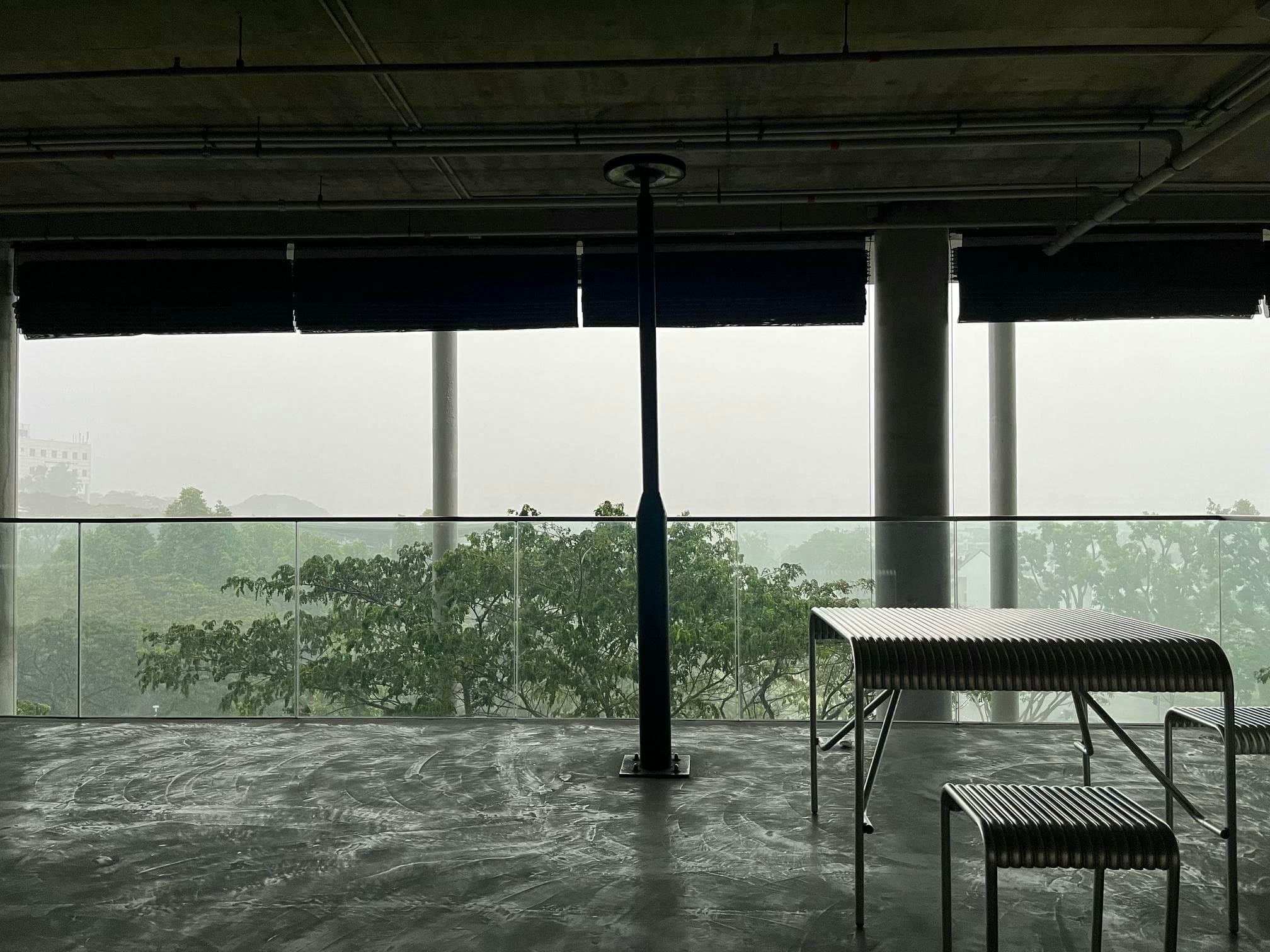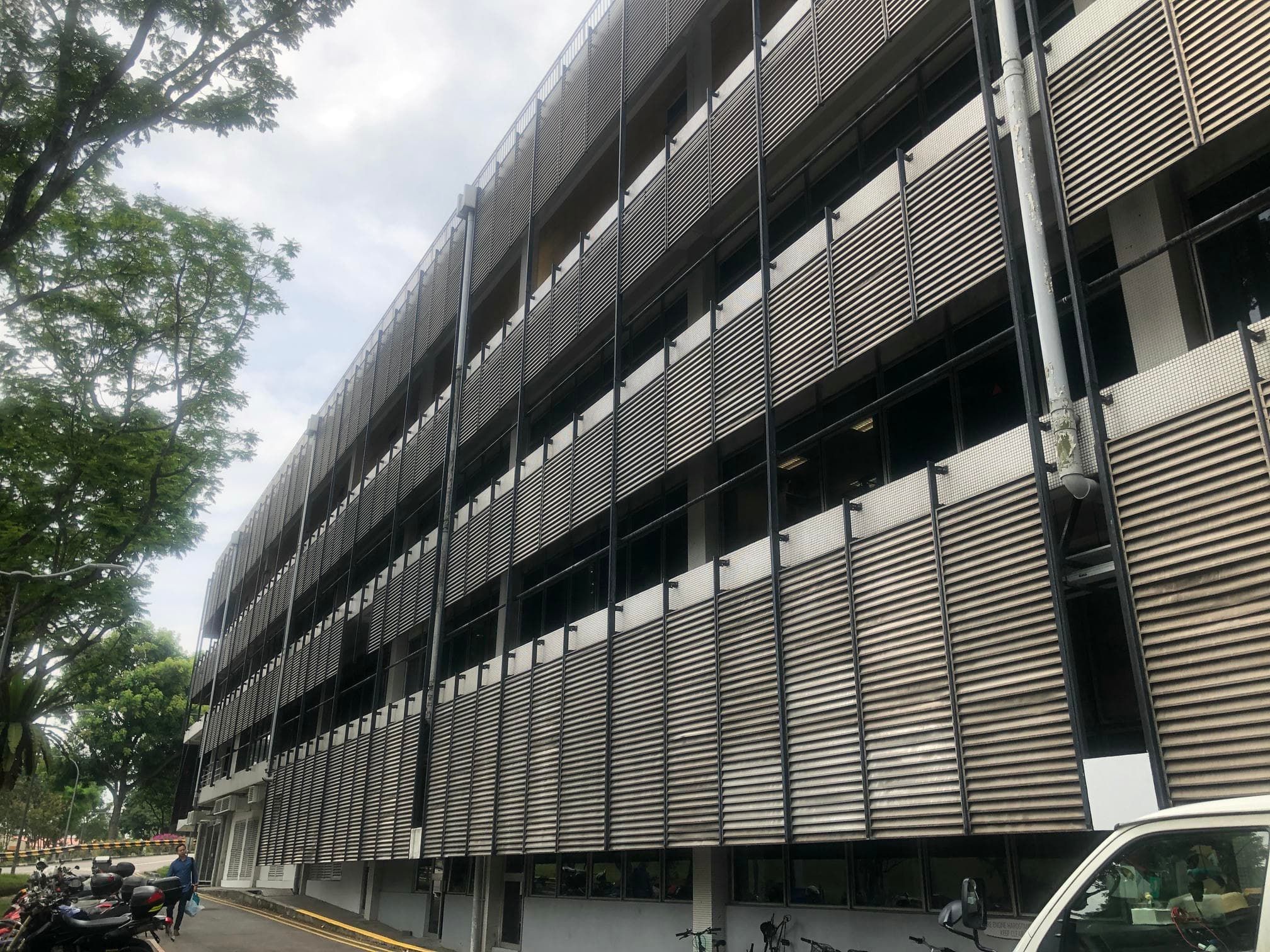Humid Air and Hard Truths: Thoughts on Architecture for the Tropics
January 23, 2025As I reflect on my journey through architectural practice, one term persists in my mind: tropical architecture. Steeped in history and recently revived in modern discourse, it includes strategies designed to navigate the challenges of life in the tropics, beyond culture and aesthetics. Dr. Chang Jiat-Hwee's A Genealogy of Tropical Architecture – reminds us that these ideas—rooted in centuries of wisdom — were once as much an art as a science.
I grew up in Singapore, a city where the tropical climate is both a blessing and a formidable challenge. My childhood HDB flat, designed to capture the natural currents, was meant to be a sanctuary of cool air. Yet, more often than not, the relentless heat and humidity would betray that promise. Mold would find its way into the smallest crevices, and my own well-being seemed constantly at odds with the environment — an ironic reminder of nature’s uncompromising character.
In a climate where the air hangs heavy, with humidity soaring to 84% and temperatures climbing above 35°C, the body’s natural mechanisms for cooling falter. What once was a delicate balance of design and nature now feels like a struggle against an omnipresent force. The very strategies that once provided respite now seem to invite a host of modern challenges — from the infiltration of urban pollutants and unwelcome noise to the spread of disease-carrying mosquitoes.

Further Readings:
- Arundel, A. V., Sterling, E. M., Biggin, J. H., & Sterling, T. D. (1986). Indirect health effects of relative humidity in indoor environments. Environmental health perspectives, 65, 351–361. https://doi.org/10.1289/ehp.8665351
- Guarnieri, G., Olivieri, B., Senna, G., & Vianello, A. (2023). Relative Humidity and Its Impact on the Immune System and Infections. International journal of molecular sciences, 24(11), 9456. https://doi.org/10.3390/ijms24119456
- Razjouyan J, Lee H, Gilligan B, et al. (2020). Wellbuilt for wellbeing: Controlling relative humidity in the workplace matters for our health. Indoor Air, 30: 167–179. https://doi.org/10.1111/ina.12618
Historically, people learned to live gracefully with these conditions. Clothing was light, and homes were crafted to channel air, relying on its movement to dissipate heat. From this emerged the principle of passive natural ventilation – a strategy born of necessity, offering balance and efficiency without dependence on machinery. Yet in today’s dense, polluted cities, under the growing shadow of climate change, one must question whether this ideal remains viable.
Modern air isn’t simply warm; it’s filled with fine particles, smog, and the constant hum of city life. Open windows, once a welcome invitation for a cooling breeze, now let in pollutants, noise, and even mosquitoes — the latter thriving in humid conditions and spreading diseases like dengue. To make matters worse, many buildings intended for passive cooling lack proper insulation. Single-pane windows and uninsulated concrete walls let heat flood in, undermining the original design.
This creates a troubling paradox. Spaces meant to be naturally ventilated become unbearable as temperatures swing, forcing residents to rely on air conditioning—a trend clearly seen in the widespread use of cooling units in HDB flats. Yet without sufficient insulation, these systems struggle against the relentless onslaught of external heat, leading to higher energy consumption and rising costs. Moreover, these retrofit air-conditioning systems, which often don’t introduce fresh air, only worsen indoor air quality by leaving spaces poorly ventilated.
The reliance on open windows further complicates matters. While they are essential for passive ventilation, they also compromise the effectiveness of air purifiers meant to clean polluted air, dehumidifiers designed to control moisture, and even repellents that deter pests. Together, these shortcomings reveal a deeper flaw — a design philosophy that is increasingly out of step with the realities of modern urban living and the accelerating challenges of climate change.
The impact is not just theoretical. Buildings with inadequate ventilation, poor insulation, and uncontrolled humidity directly contribute to Sick Building Syndrome (SBS). In such spaces, stagnant air and trapped pollutants lead to headaches, respiratory problems, fatigue, and overall discomfort. In essence, the current approach — relying on outdated passive strategies alongside inefficient mechanical systems — not only fails to address environmental concerns but also actively undermines the health and well-being of those who live within these walls.

Further Readings:
- Ooi P-L, Goh K-T, Heng B-H, Toh Y-H. (1994). Epidemiological Investigations into an Outbreak of Building-Associated Illness in Singapore. Asia Pacific Journal of Public Health, 7(4):201-205. https://doi.org/10.1177/101053959400700401
- Ooi, P. L., Goh, K. T., Phoon, M. H., Foo, S. C., & Yap, H. M. (1998). Epidemiology of sick building syndrome and its associated risk factors in Singapore. Occupational and environmental medicine, 55(3), 188–193. https://doi.org/10.1136/oem.55.3.188
- D'Amato G. (2011). Effects of climatic changes and urban air pollution on the rising trends of respiratory allergy and asthma. Multidisciplinary respiratory medicine, 6(1), 28–37. https://doi.org/10.1186/2049-6958-6-1-28
- Mailepessov, D., Ong, J., Nasir, M.Z.M. et al. (2024). Association between exposure to ambient air pollution, meteorological factors and atopic dermatitis consultations in Singapore—a stratified nationwide time-series analysis. Sci Rep 14, 10320. https://doi.org/10.1038/s41598-024-60712-4
If we are to rise to the challenges of modern tropical living, we must let go of overly nostalgic ideas of tradition. Tropical architecture can no longer rely solely on passive ideals. Instead, we need to rethink our building methods to address the realities of urban environments and a warming climate. This isn’t a call to discard passive natural ventilation entirely, but rather an invitation to complement it with modern strategies — advanced insulation, air filtration, and sophisticated ventilation systems. While these solutions might cost more upfront, the long-term rewards in energy efficiency, air quality, and overall comfort are too significant to ignore.
Moreover, as we adapt to the evolving tropical landscape, we must question whether current local building standards fully capture the myriad challenges we face. It’s not enough to simply manage heat and humidity. Urban areas also wrestle with air pollution, pest control, and the relentless, corrosive effects of moisture — factors that go far beyond traditional comfort. For a city like Singapore to continue flourishing as a center of high-value industries, our built environment must nurture both the physical and mental well-being of its people. Poor air quality, relentless humidity, and pervasive pollutants don’t merely inconvenience us—they impair the cognitive abilities that drive innovation and productivity across sectors like technology, finance, and healthcare. Ultimately, the future of the city-state hinges not just on its economic or technological achievements, but on the quality of the spaces we design to foster creativity and talent.